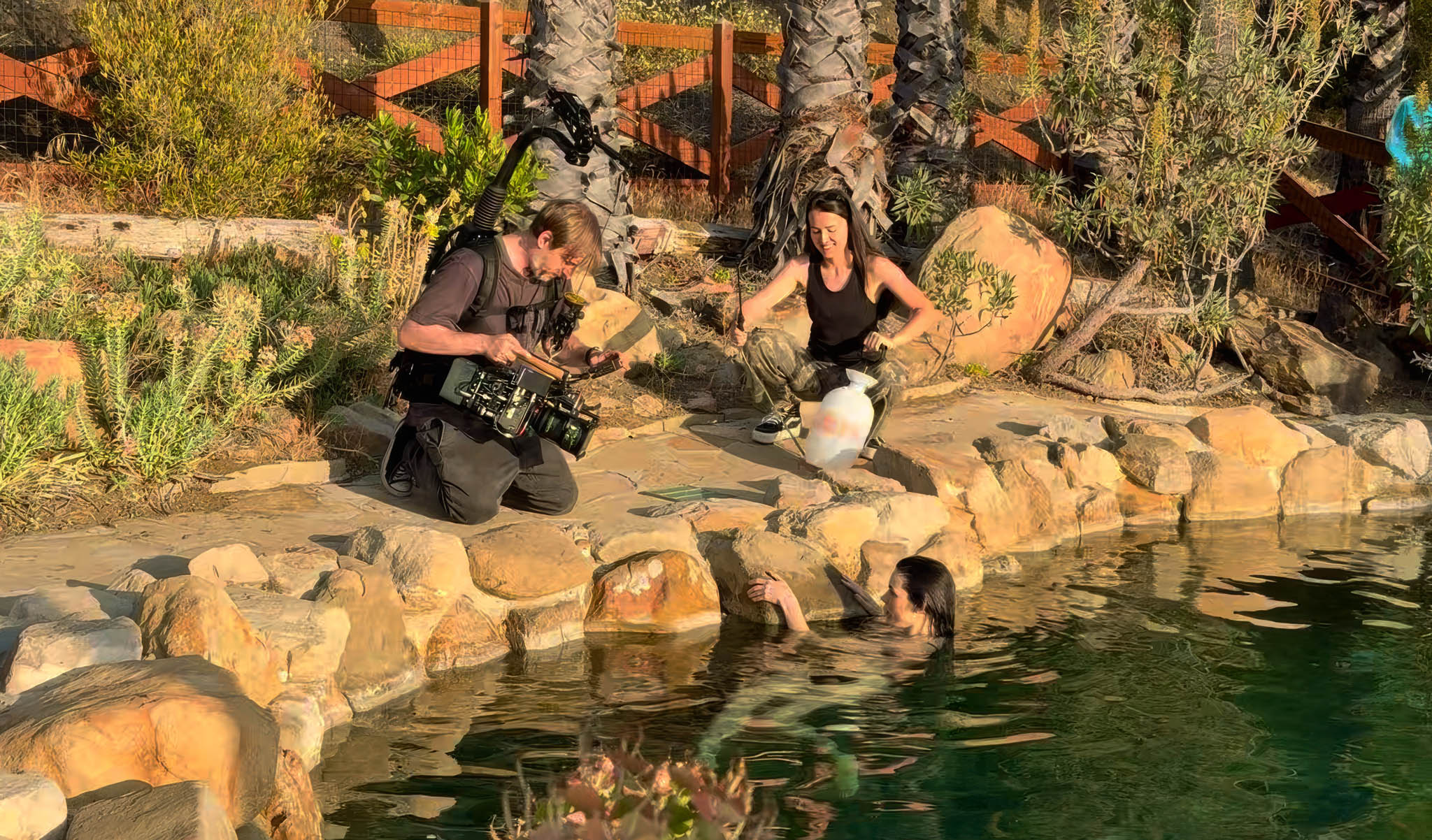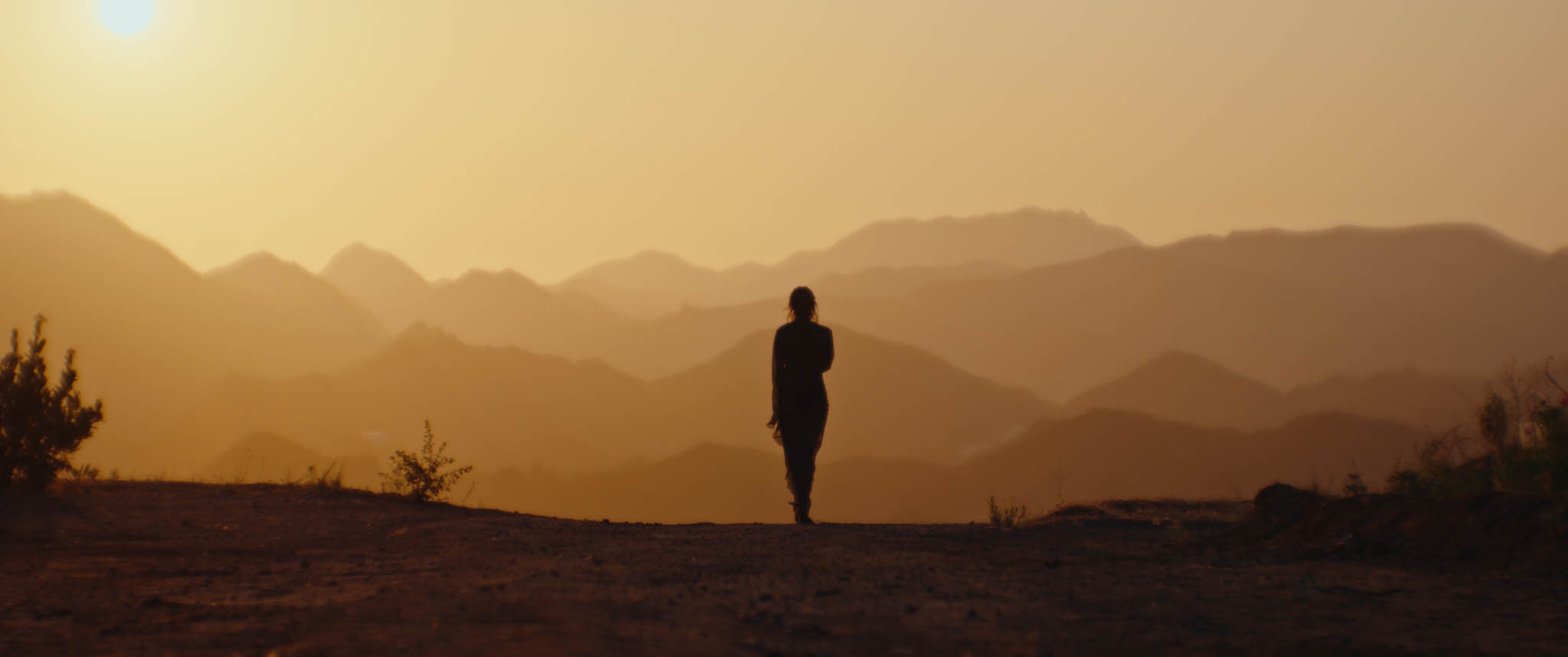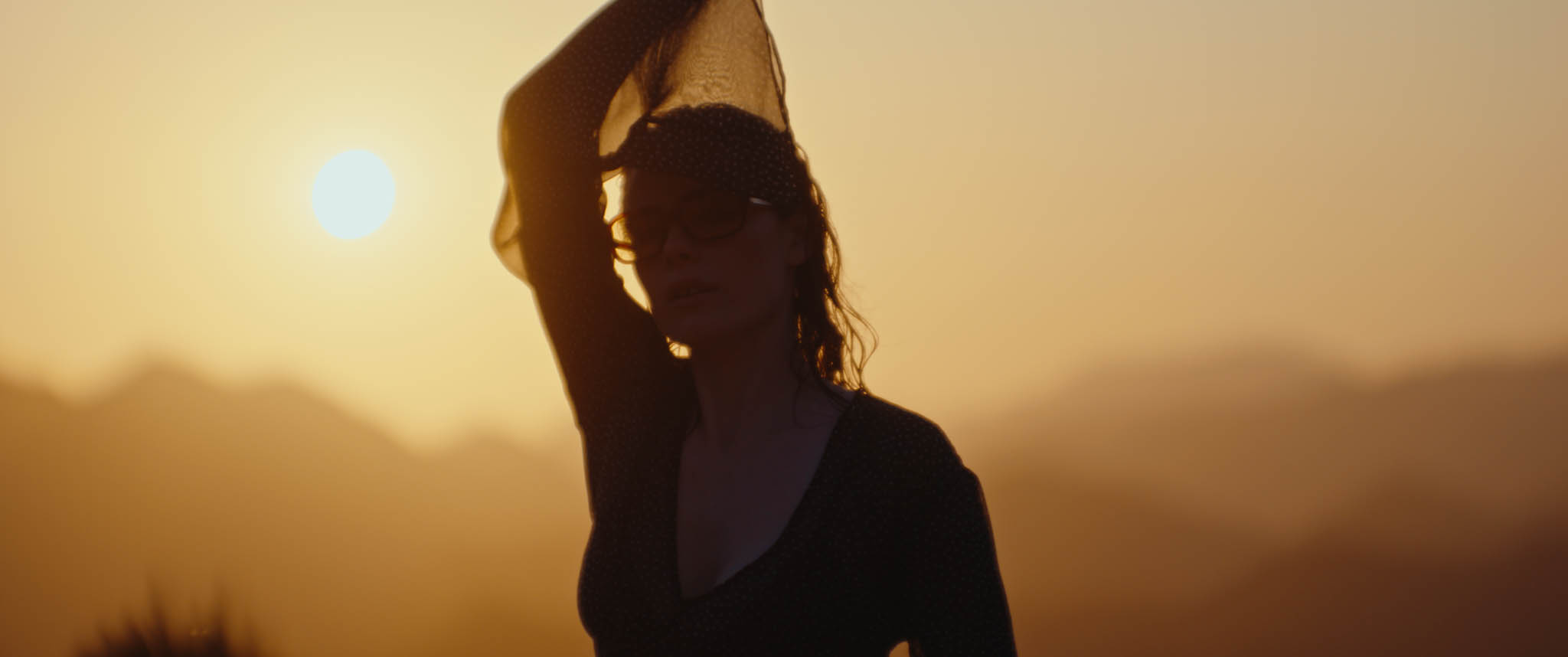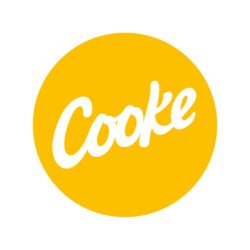Equipment
ARRI ALEXA 35 Xtreme. The maximum frame rate was 660 fps. The lenses were ARRI Signature Primes with the 350P ARRI Impression Filter.
Slow Motion
Alongside my work as a Director of Photography, I worked as a Phantom high-speed technician earlier in my career. I enjoy slow motion because it’s something that you can’t perceive and without high-speed cinematography, we wouldn’t ever be able to glimpse these events, artistically or technically.
An Xtreme Film
Usually, I don’t get to test prototype cameras. Art Adams and Chase Hagen from ARRI reached out right around when the cameras specs were being finalized. We had a couple meetings about it and then I was told I’d be able to use it and test it out, the specs alone were really exciting. It was something like, “The camera will be arriving in a couple weeks, you’ll have a few days with it. Do what you’d like, have some fun with it!” The whole ARRI team was really supportive of letting me experiment with it. I immediately thought I wanted to shoot as much as I could and really get a feel for all the new abilities of the camera: slow motion, water, high dynamic range, handheld with my Easyrig, with minimal equipment and a small crew. Just me, our 1st AC, a model, a hair/makeup artist, and a producer in a great location. Let’s figure out what this camera can do and how easy is it to work with from the high-speed perspective.
Easyrig Slow Motion
We had a head and sticks setup thinking we’d do a lot of static work, but since I was filming everything at 120 fps, 240 fps and 660 fps, I decided to go with the Easyrig for everything. The Easyrig allowed us to be fluid, get a lot of setups, be very fast and get interesting angles quickly. Because it’s slow motion, you can see the movement but everything from the operator end is cleaned up and looks smooth.
Aspect Ratio, Details
The film’s aspect ratio is 2.39:1, which you need to get 240 fps. The more you shrink the vertical height, the faster the sensor can read out and the faster the frame rate can be. To really get the most out of the shoot and learn as much as I could about the camera, I shot in Open Gate 4,6K and 2K 16:9 sensor modes with 2.39:1 frame lines. That said, the are some really pretty scenes in Open Gate 3:2 using the Signature Primes with the 350P Impression Filter where you see a lot of depth, swirling and smearing as you move away from the center of the image. I debated whether to mix formats in the edit, but ultimately decided on a UHD 2.39:1 delivery.
Location
The location was Malibu Canyon Ranch, owned by famous photographer Suze Randall. This was my first time at this location and it had amazing views of the mountains and sunsets. I wanted a bunch of looks out of one location and the ability to explore the property. It worked perfectly. To me it seemed as if the swimming pool is placed on purpose for the best sunlight with photography in mind. Suze was great. When we met, she took me on a quick but thorough scout and said, “If you go up on that hill, there’s a nice view.” I unwittingly said, “Oh, really?” She replied, “You should go up there for a sunset shot.” As a photographer, she knows all the best places to shoot on her land, it was really helpful to have her show us around her property which she’s probably shot at so many times.
ARRIRAW
This project was shot with ARRIRAW because this was an early version of the ALEXA 35 Xtreme. At 120 fps in 4.6K Open Gate on a 2 TB card, I got something like 11-13 minutes of run-time. Coming from the Phantom high-speed world, I am used to heavy data rates, so I was prepared that we’d shoot a lot. I did shoot so much that I had to transcode everything out to ProRes 4444 XQ, I used the ARRI Reference Tool to generate my ProRes files as well as Proxies.
Editing and Grading
This project, I worked in Davinci Resolve 20 for editing and grading. I worked on a rough grade with blue and purple tones in the shadows, a bit warmer at sunset and to establish a balance because I shot a bit of different looks from direct sunlight to completely backlit. Henning Rädlein and Utsi Martin at ARRI did the final grading and they have so much more experience with this sensor and ARRI color science.
Since this was a beta camera version, DaVinci Resolve handled all the ARRIRAW files except for the Overdrive files at 300 and 660 fps. To access those, I transcoded those files with the ARRI Reference Tool to ProRes 4444 XQ. Since everything was working in Resolve from the start, I’d imagine that the Overdrive files will be working when the camera is launched.
Resolutions, frame rates, ISO and Overdrive
I had a few days with the camera, and fortunately a weekend to go through the large amount of new features and specs, but it was easy to understand the characteristics. Everything we needed was in the menus and easy to navigate. Everything worked really well on the beta version of the camera that we had. Chase Hagen and Art Adams briefed me on best practices and were available for my questions— things like where middle gray lands with the Overdrive mode, best practices with rating the camera. They were super helpful and even fielded texts while we were shooting, which was great to have that support and feedback. I enjoyed figuring out how this camera worked and learning where the limits of the sensor are at different ISO settings with Overdrive on and off.
Favorite Frame Rates
Once you go over 400 fps, water, liquids and any kind of texture feels so much different. There’s almost a switch that happens. It feels really poetic and dreamlike.
LUTs and Look
Since the camera was new and the new Overdrive mode would be enabled, I wanted to stick with the standard ARRI Rec.709 LUT on set, knowing that I’d really push the image in post. I generally end up manipulating the image quite a bit for fashion style projects, so sticking to something I knew on set would give me the most flexibility in post.
Logistics
Putting this together was a little stressful because I wanted it to be a great shoot and we came up on our shoot day pretty quickly. Usually, as a DP, you’ve been focused so much on the creative and achieving the vision of the project, you don’t notice all the little things that need to come together before that. It was fun to do, big thanks to my producers that helped out on this.
Production
“Mirage” was a small passion project, I was fortunate to have our crew donate their time and effort, huge thanks to them. Suze Randall was great with the location. It was truly exciting to shoot with a new camera and being among the first people to understand it. Everybody else was excited to make something with this extremely versatile camera.
Bio
I was born and raised in Chicago. After graduating with a degree in Economics from the University of Iowa, I moved to San Diego and worked briefly with FUEL TV. Being freelance, you have to be versatile and know the environment. From there I started my career shooting a variety of work and eventually found myself working for VICE on HBO for about four years as a freelance cinematographer. I was fortunate enough to work on a lot of their high-profile pieces all over the world. We were primarily focused on the story and access, but we were pushed to really contemplate the cinematography of each story and that was a fun challenge because we were involved in situations where you had to think quick but still make it look great. I remember Roger Deakins, ASC, BSC explaining how starting off in documentaries was one of those things that teaches you how to work quickly, precisely and knowing your camera, knowing what you’re working with, where the light is, and how to move somebody closer to a wall to get a shot that you want instead of having time for large set up. Lately, I’ve been doing beauty and commercial work, which I really enjoy working on. I’d really like to work on narrative as well and see what I can bring to the table with the documentary and commercial background.
Conclusion
The way I see it, the ALEXA 35 Xtreme gets the camera into an area that never really existed before. For lack of better words, it’s like a Swiss Army knife.
The camera can shoot at 10 fps and a 360-degree shutter to get a nice smear, then you can shoot straight 24 fps, all the way up to higher frame rates at 660 fps. You many not need that all the time, but it covers a large part of that slow motion world that previously was the realm of specialty cameras. It’s an all-in-one camera, with ARRI color and dynamic range.
Credits
Producer: Andreea Florescu + Taraneh Golozar
Director of Photography: Charles Bergquist
1st AC : Joshua Cote
Hair / Make Up Artist: Saruul Bekhbaatar
Model: Danielle Dolinger
Location: Suze Randall, Malibu Canyon Ranch
Additional Equipment Support: CSLA (Cole Cyccone and Eli Shine)










